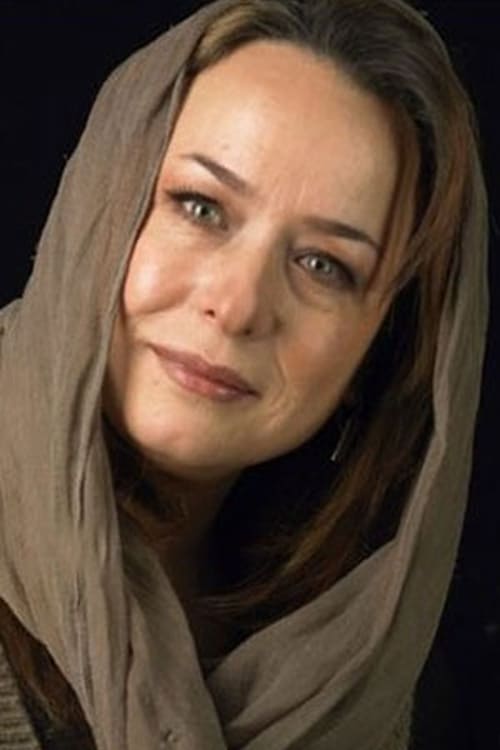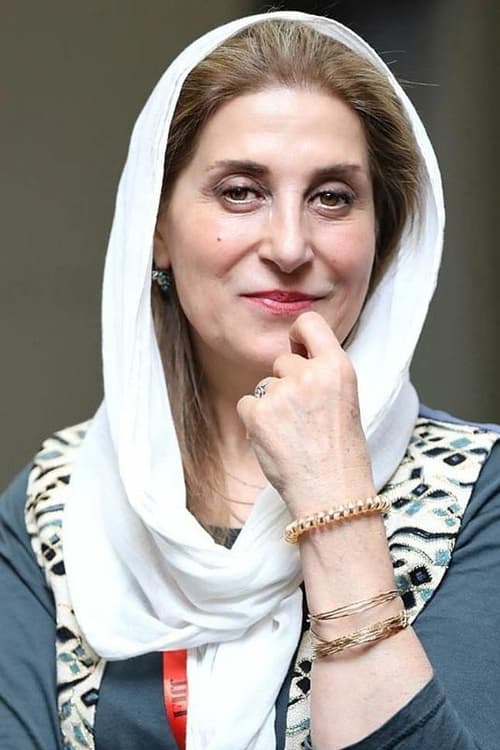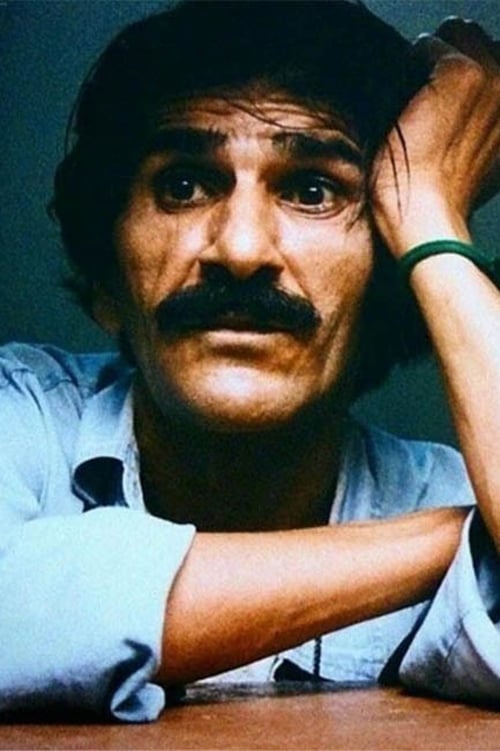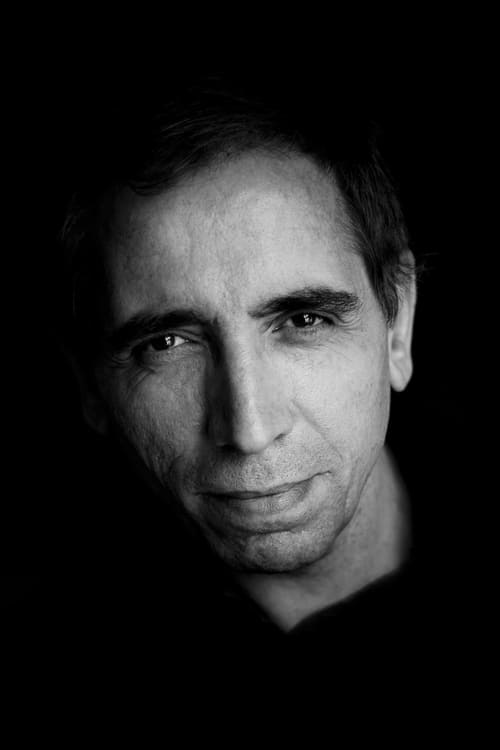The Actor (1993)
Género :
Tiempo de ejecución : 1H 28M
Director : Mohsen Makhmalbaf
Sinopsis
An Iranian actor named Akbar is trying to become a serious actor instead of the clown everyone considers him to be. However financial problems force him to abandon his dream of being an artistic actor. He also has to deal with his family problems and his wife's inability to become pregnant.

Aleksander Sokurov brings the treasures of the Hermitage back into the light by making films about artists and their paintings. He has chosen the painter Hubert Robert, who spent a long time in Italy, and whose preference was for creating ancient ruined landscapes and naturalistic portrayals of times past. He was successful with the wealthy, who bought his works from him. The camera pans across the paintings while Sokurov speaks of a happy era, when the artist was at one with the spirit of the times, and agreed with the taste of his clients. Just how far removed from us this is, is shown by pictures of a "Nô" performance which are inter-cut on the screen. No words are necessary to describe what everybody knows today.

It consists of only nine ten minute segments. Each shot/sequence was filmed only once in 35mm film with direct sound. The complexity and ground breaking originality of these shots has obtained widespread international acclaim.

Lunch Break features 42 workers as they take their midday break in a corridor stretching nearly the entire shipyard.
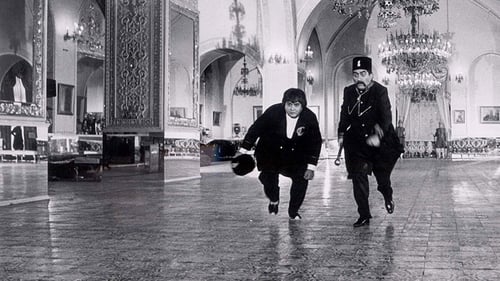
The film follows a character known as The Cinematographer, who is looking for someone called Atieh (Future). As he calls out to her, he is magically transported back in time from the early twentieth century to the reign of Naser al-Din Shah in 19th century Iran. Captured by the Shah's guards, he shows films from the history of Iranian cinema to the Shah. The Shah is entranced and eagerly shows his family the apparently magical medium.

The movie portrays a peasant revolt in Hungary in the early twentieth century.

About the Chinese drivers who transport coal from the coal fields to the buyers.

Against the barren wintry backdrop of a psychiatric hospital, inpatients and authority figures drift through turgid psychological states. We meet the artist Jean and his lover Monica, patients of the facility, and several characters circling its periphery: a guard, an Episcopalian priest, and a church organist. Minimalizing dialogue and plot intricacy, Tregenza concedes only kernels of information, demanding that the viewer breathe dimensionality into his archetypes. Acting out primal instincts of lust, envy, fear, and love, subjects teeter vulnerably on the brink of sanity and insanity, freedom and repression in their attempts to navigate their existence.
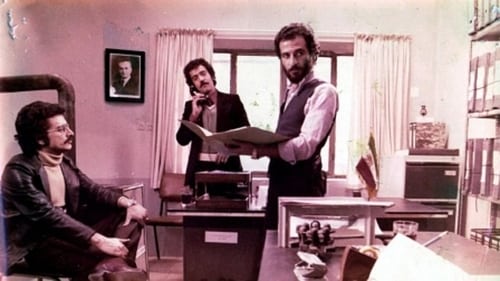
A tax collector is accused of taking bribes, and also has to deal with problems at home, including a suicide attempt by his wife.

Originally aired on Russian television, this five-part semi-documentary series tells the story of a Russian naval commander in charge of an Arctic-based ship. The film provokes a meditation on solitude and isolation, while revealing the daily duties associated with the ship. Voice-over narration by the commander, other sailors, and even a third-person voice provide the "confession" of the title.

A documentary tracing the career of filmmaker François Truffaut through the testimony of collaborators and admirers.
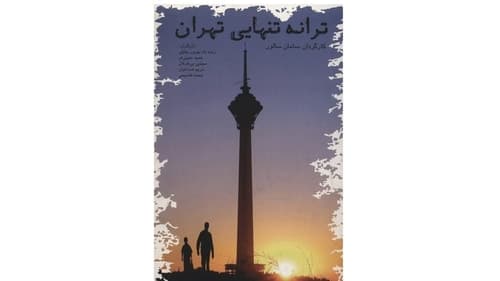
Directed by Saman Salur

In Men of the City, Isaacs takes a more stylised approach to the lives of workers in the City of London during the recent financial meltdown, balancing sensitive portraits of diverse individuals striving to retain their dignity and humanity in the midst of the crisis. Strong human characters are at the heart of all of Isaacs' work, and with these films he continues to create a unique vision of modern Britain.

"Budapest Tales" is about a group of people (consisting of Szabo regular Andras Balint along with Ildiko Bansagi and Karoly Kovacs) who find a broken down tram while trying to go to the city. The people band together and try to get the tram back on the train tracks and head towards the city. Along this journey the passengers encounter many people who join them on the tram. What started out as only a handful of people has now turned into a small village. As the people travel on to the city each person takes on certain roles and through the course of time these roles will change. Some people fall in love, others out of love, and a few even die. But life goes on. The people keep the tram going hoping to reach Budapest.
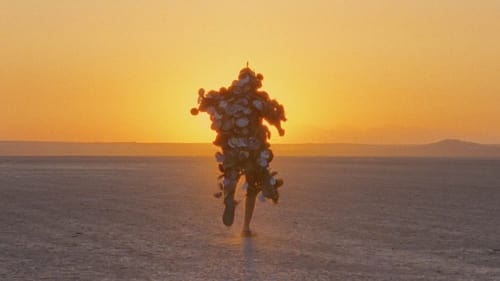
Shooting against the staggering beauty of the Moroccan landscape, from the rugged terrain of the Atlas Mountains to the stark and surreal emptiness of the desert, with its encroaching sands and abandoned film sets, a director abandons his own film set and descends into a hallucinatory, perilous adventure of cruelty, madness and malevolence. A Paul Bowles story combined with observational footage forms a multi-layered excavation into the illusion of cinema itself.

Four types of visual interpretation of four songs by Karol Szymanowski. Polish words by Julian Tuwin, English translation by Jan Sliwinski.

Director Theodore Ushev uses his own blood to animate struggles with injustice in the world.

A stunning study of real-time light changing from day to night which was filmed in a forest high up in California’s Sierra Nevada Mountains

Short propaganda film. Warsaw's post-war reconstruction as seen through the eyes of the passengers of a red bus.

Four short stories from Norway, Denmark, Sweden and Finland.

"Blushing Charlie" - Truckdriver and bachelor Charlie meets homeless and seven months pregnant Pia. They both dream of finding someone to share their lives with. Charlie then faces a dilemma whether to take part in a demonstration in favor of Cuba, and in addition with his employer's truck.


